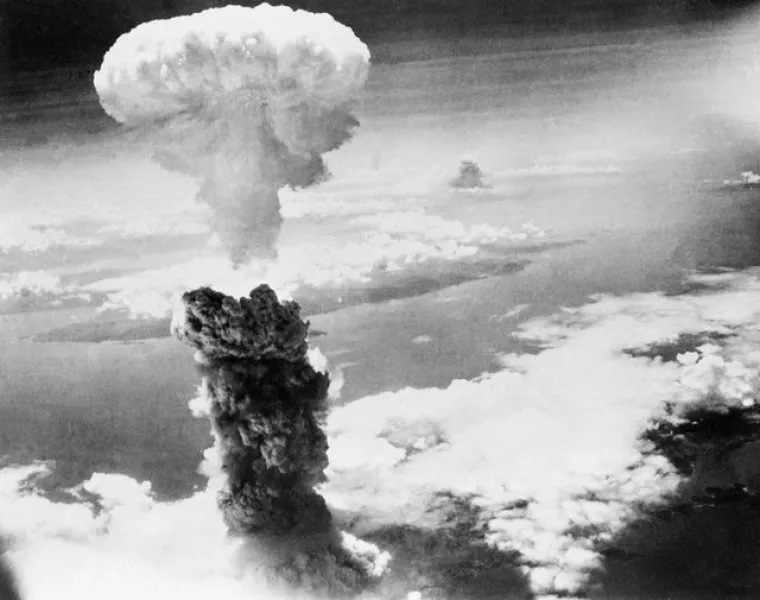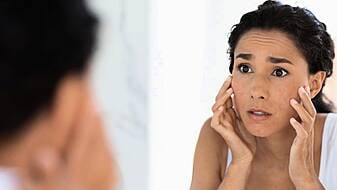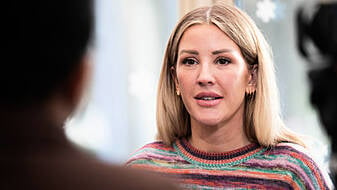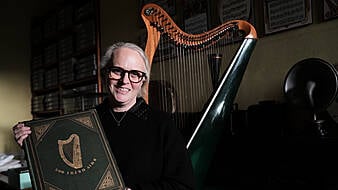It was the second nuclear bomb dropped by the US, three days after the attack on Hiroshima.

Japan surrendered on August 15th 1945, ending the Second World War and nearly half a century of aggression against its Asian neighbours.
Dwindling survivors, whose average age exceeds 83, increasingly worry about passing their lessons on to younger generations.
Here are some questions and answers about that fateful event:

Nagasaki was not a primary target. Although it was home to weapons production including torpedoes, its hilly topography and a nearby prisoner of war camp for Allies made Nagasaki less desirable. As the B-29 bomber Bockscar headed to its initial target of Kokura on the morning of August 9 1945, thick haze and smoke forced it to switch at the last minute to Nagasaki, a second target. The United States said the bombings hastened Japan’s surrender and prevented the need for a US invasion of Japan. But some historians today note Japan was close to surrendering anyway and question the need to use atomic bombs, especially the second one. There is still debate about this in the US.

Nagasaki’s sky was also hazy, but visibility briefly cleared. At 11.02am, the Bockscar dropped a 4.5-ton (10,000-pound) plutonium bomb dubbed Fat Man from 31,500ft (9,600 metres). About 30 seconds later, the bomb exploded at 1,640ft (500 metres) above a tennis court, hitting the mostly civilian district. Under the mushroom cloud that rose as high as 52,500ft (16,000 metres), the blast destroyed about 70% of the city. Seconds later, the temperature at ground zero rose to 4,000C (7,200F). All wooden houses within one kilometre (0.6 miles) of ground zero were destroyed by the blast and firestorm. About 20 minutes later, a “black rain” of highly radioactive particles started falling on to the city, causing additional radiation exposure.

An estimated 74,000 people, including those with radiation-related injuries and illnesses, died through December 31 1945. That accounts for about one-third of the city’s population of about 240,000 before the attack. Those within one kilometre from ground zero were killed instantly. As in Hiroshima, most of the victims were civilians, including many children and elderly. To date, the death toll, including those who died subsequently from radiation-related cancers, totals 182,600. Nagasaki’s population today is about 407,000.

Many of those exposed to radiation developed symptoms such as vomiting, hair loss and fatigue. Most of those with severe radiation symptoms died within weeks. Others who lived beyond that also developed health problems related to burns and radiation-induced cancers and other illnesses. Their risk of developing leukaemia is four to five times higher than the general population. About 25,700 people in Nagasaki, who are certified as “hibakusha”, or atomic bombing survivors, are still alive and entitled to free medical checks and treatment. Government support for the survivors began only after their pressure led to the enactment of a law in 1957.

A boy in a black-and-white photograph seen carrying on his back his baby brother who had died in the bombing received global attention a few years ago when Pope Francis distributed tens of thousands of copies as greeting cards with the words “The fruit of war” printed on them. The boy in the photo, taken in 1945 by American military photographer Joe O’Donell, has not been found despite continuing searches for him.







